
Do you know what a personality test is?
Perhaps because of the Internet's popularity, you have taken the MBTI's 16 personality test. But in the professional psychology field, there are several different personality testing systems that offer scientific methods to understand our mental state and personality traits based on different assessment indices.
Personality Test
A personality test is a tool used to assess a person's specific personality. People often use personality tests to explore their true personalities and to assess how they respond to various situations and do things. Personality tests can capture aspects of a person's motivation, preferences, and emotional makeup. People can also use personality tests to discover their ability to work in teams and think independently, which can provide them with more opportunities in life. In today's society, there are companies where recruiters refer to a candidate's personality test results to be considered for a job offer. There are now at least 2,500 personality tests available in the United States to provide people with the opportunity for personality exploration and self-awareness. The MBTI and Big 5 Personality Test are two of the most popular personality tests available today.
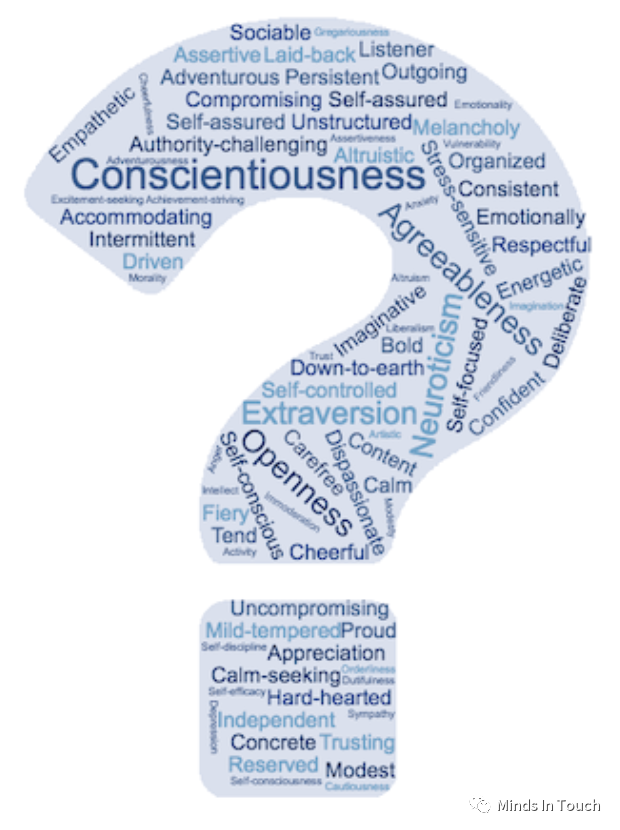
MBTI
The Myers-Briggs Type Indicator, widely known as the MBTI test that is popular among young people nowadays, is a personality test created by Myers and Briggs who recognized the real-life application of Jung’s theory of psychological types and wanted to help people to know themselves better.
The test usually takes about 15-30 minutes, and people will receive one result from all 16 possible personalities that consist of 4 letters. The first letter is either I, which indicates “introvert”, or E, which indicates “extrovert.” The second letter is either S, which indicates “sensing”, or N, which indicates “intuition.” The third letter is either T, which refers to “thinking”, or F, which refers to “feeling.” The last letter is either J, representing “judging”, or P, representing “perceiving.”
In the results, people can see information about their strengths and weaknesses, their suitable career, their likes and dislikes, and their role in a relationship.
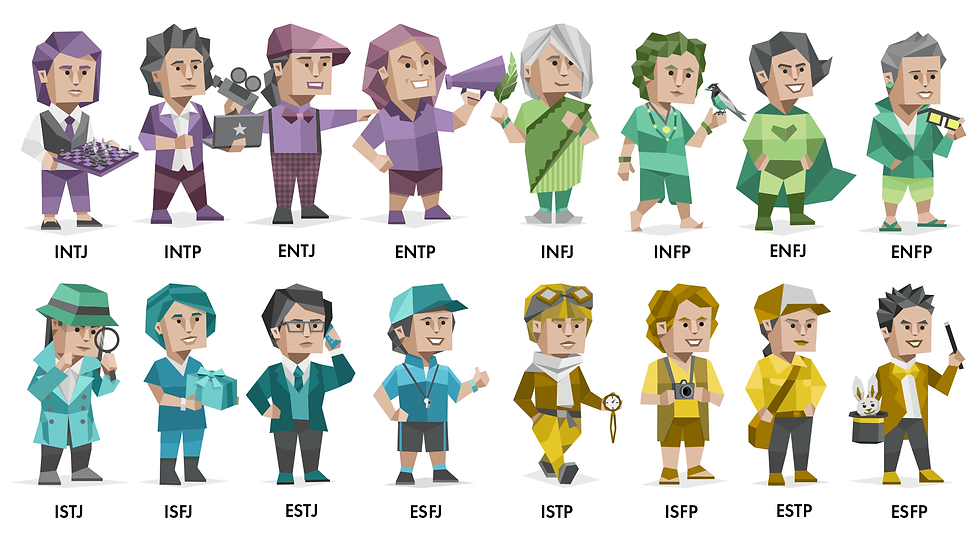
Big 5 Personality Test
The Big Five model is a widely accepted personality theory that scales personality to five factors, including Consciousness, Agreeableness, Neuroticism, Openness to Experience, and Extraversion. This model does not sort individuals into binary groups, instead, it ranks individuals on a scale between two extreme ends. Each personality trait is defined as a spectrum, not two extremes.
Consciousness depicts an individual’s regulation of their impulses to implement their goal-oriented behaviors. Those with high conscientiousness are self-disciplined, thoughtful, and organized. Oppositely, those with low conscientiousness may be impulsive and may encounter difficulties fulfilling goals. Agreeableness refers to the way people socially interact with others. High agreeableness leads to a soft-hearted, trustworthy personality. While low agreeableness people are perceived as suspicious and manipulative. Extraversion refers to the degree a person hopes to socially interact with the environment. With highly extroverted people being social and outgoing and vice versa for those introverts.
Openness to experience is a person’s “thinking outside the box” abilities. Neuroticism describes a person’s emotional stability, and how they perceive the world. Those with high neuroticism are insecure and anxious, while those with low neuroticism are more calm and secure.
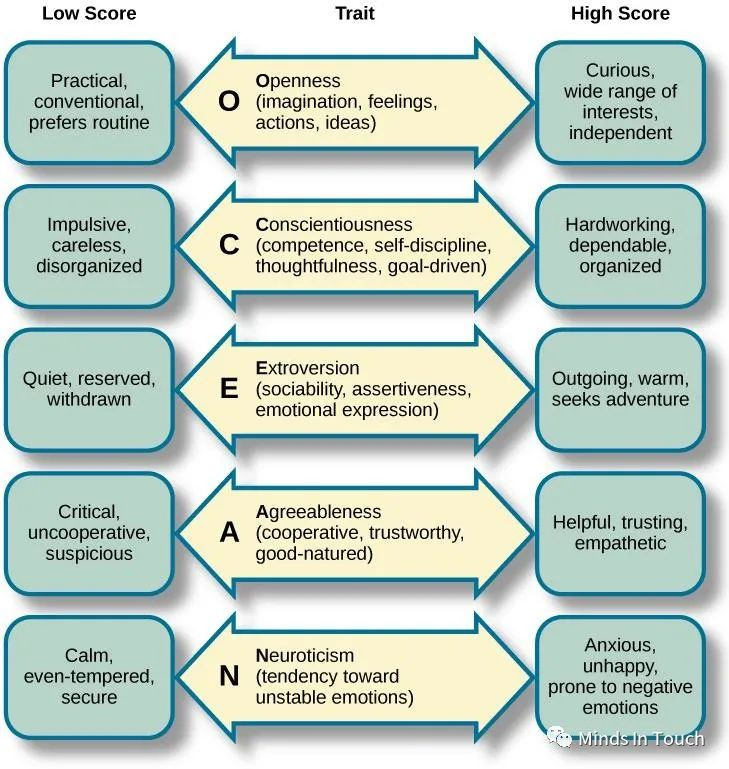
Differences
While MBTI categorizes people into 16 different personality types, the Big Five measures us in five personality traits.
MBTI simply demonstrates an individual’s preferences. It assigns a “dominant” inclination for each dichotomy, for example, if someone receives a higher score for thinking over feeling, it only indicates for one prefers thinking over feeling. As long as a group of people falls under the same 4 letters, they will be classified into the exact personality type regardless of their various percentages for each pair.
The Big Five analyzes someone from 5 personality traits on a scale from 0 to 100. These traits are neither black or white but emphasized the whole spectrum and continuity.
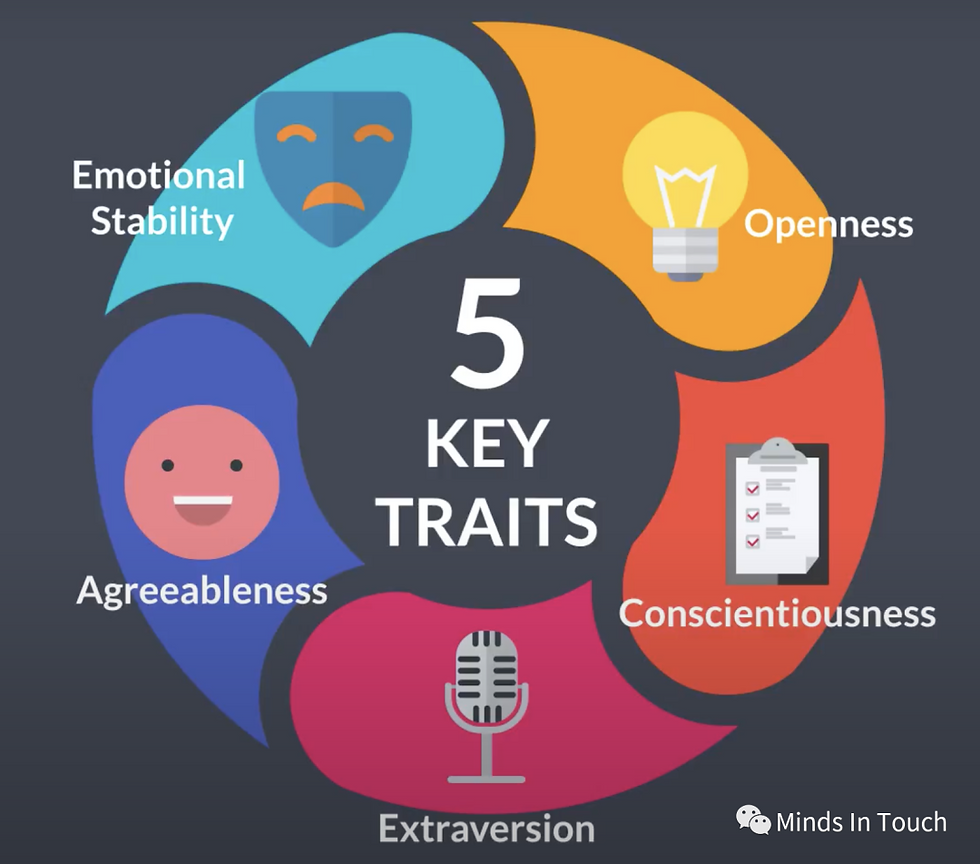
Speaking of validity and reliability of each personality test, MBTI has both poor validity and reliability. It can not predict a person’s specific outcomes in interpersonal relationships. Furthermore, it is highly possible that the same person could get different test results if he/she takes it again after a few weeks.
In this case, The Big Five has better predictive power in future performance outcomes, like in general training proficiency.
Nevertheless, the majority of personality tests have some shortcomings in common. MBTI and The Big Five are not comprehensive enough, because none of them explain all of the human personality.
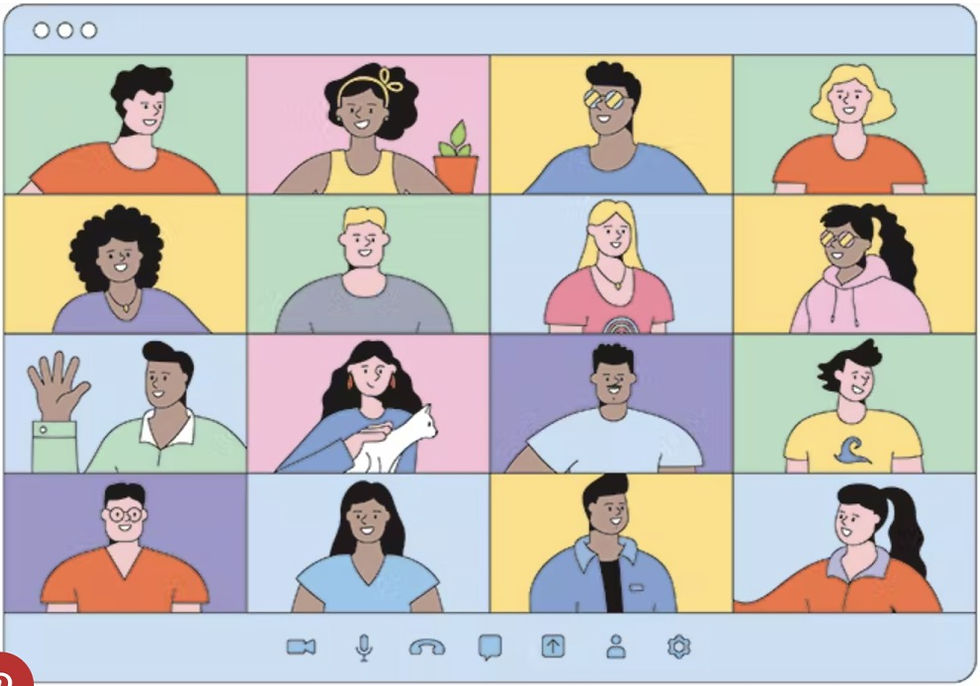
The Myers-Briggs Type Indicator is the most popular personality assessment in mainstream culture. Every year, around 2 million Americans take the test. However, unlike the MBTI, the Big Five personality test has a stronger predictive power than the MBTI. The Big Five is more scientific with each trait having a strong validity. Therefore, the Big Five is more widely used by company recruiters to find people who have the personality, as well as the skills, to fit the role that they are hiring for.
Hearing From Us!
Personality Tests are influenced by both nature and nurture. Thus, variations in genetics and environmental factors can influence the results of such tests. Moreover, personality is not fixed, so results might vary as a person grows and develops.
Overall, personality traits based on the results of personality tests can be valuable resources for social trends, but they still are not accurate enough to predict individual behaviors.
There are infinite versions of who you truly are. The personality test is definitely a good way to understand who you currently are, please remember it is more for fun. Do not limit your abilities and personalities, jump outside of the box!



